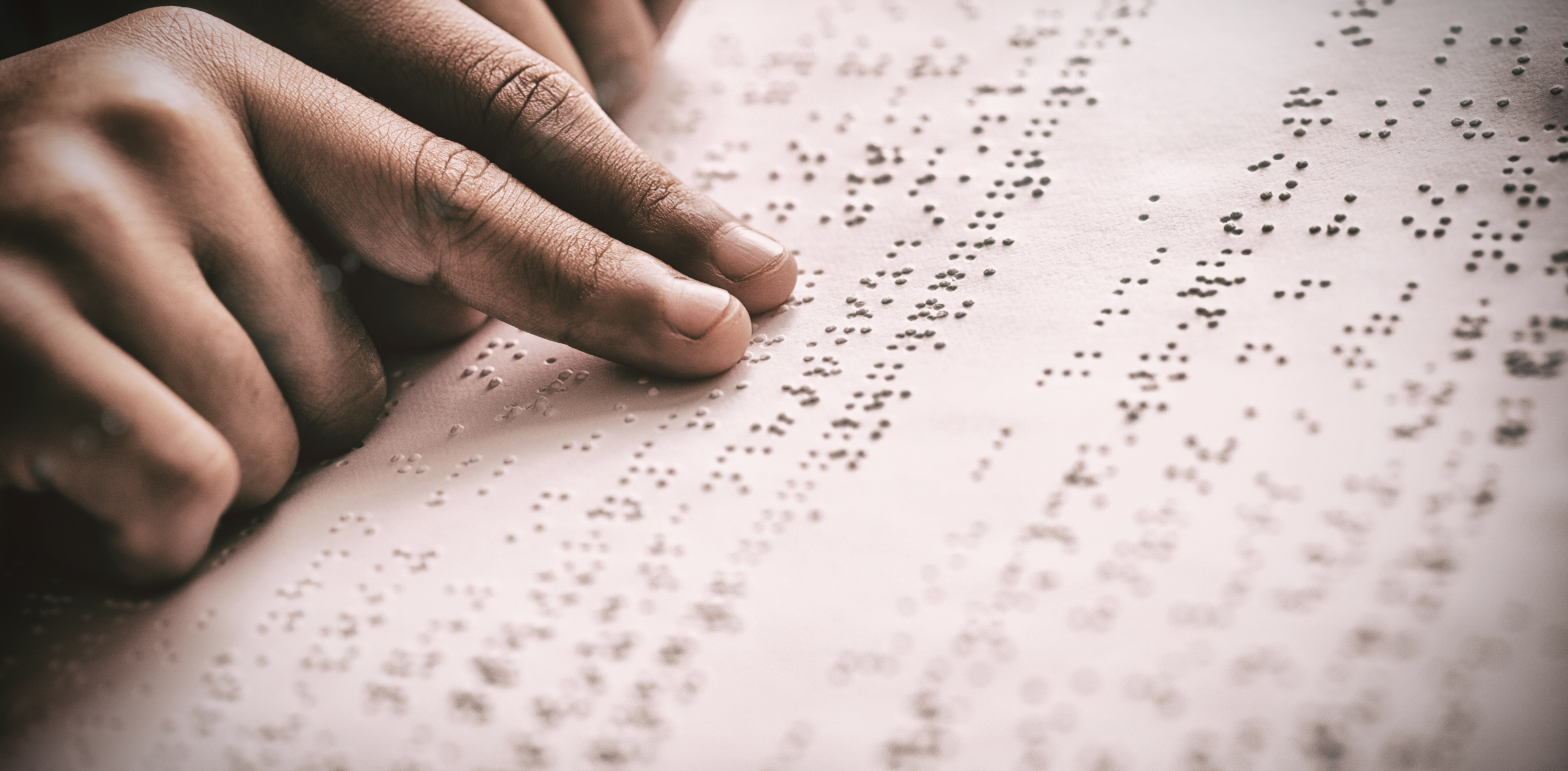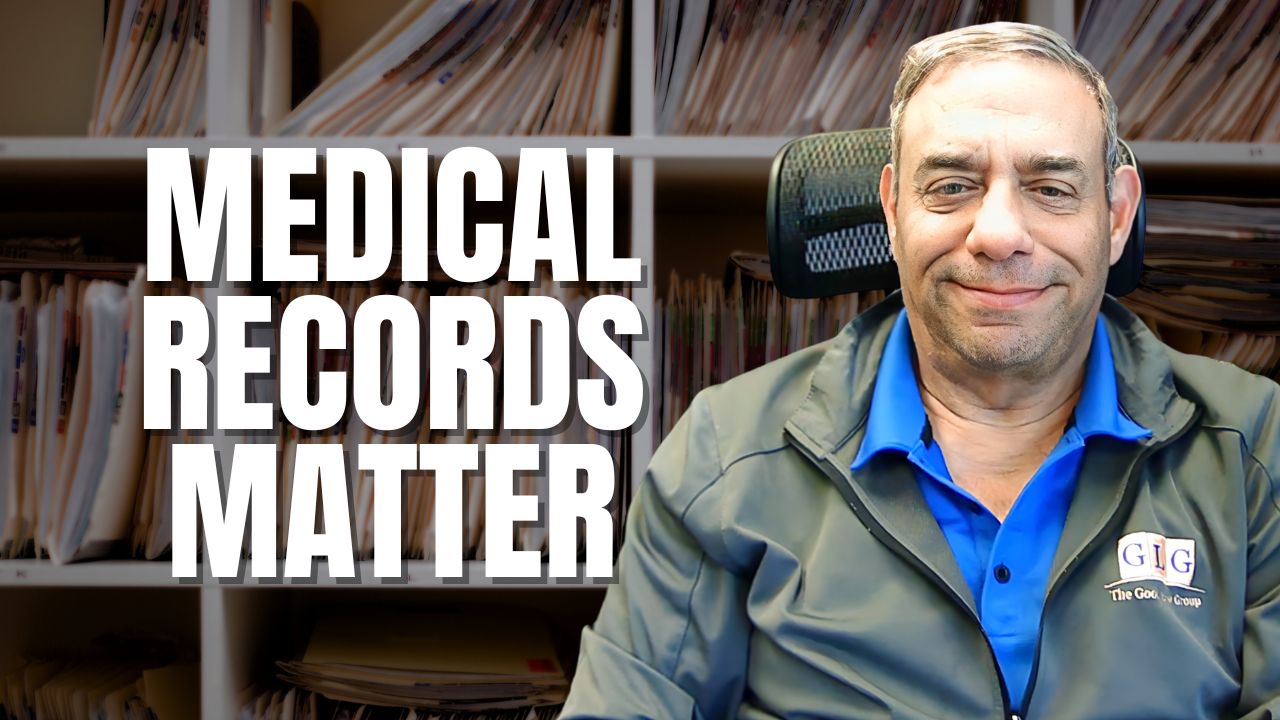More than 3.4 million Americans over age 40 are legally blind or have what is referred to as low vision, according to the Centers for Disease Control and Prevention. These individuals may face many financial challenges, including costs for medical care, medication, in-home assistance and other accommodations. Fortunately, Social Security Disability benefits and special provisions may be available to those who meet the definition of statutory blindness.
What is Legal or Statutory Blindness?
The Social Security Administration considers an individual legally or statutorily blind if the individual’s better eye has a corrected visual acuity of 20/200 or worse. A visual field diameter of 20 degrees or less in the better eye also constitutes legal blindness.
Blindness and SSD benefits
The Social Security Administration (SSA) does not require that individuals be totally blind – which is defined as no light perception – to qualify for SSD benefits. Instead, an applicant must be statutorily (partially) blind, which is defined as having either:
- Corrected central visual acuity of less than or equal to 20/200 in the better eye, or;
- Visual field limitation (peripheral vision) of less than or equal to 20 degrees.
Documenting blindness for SSD benefits
In order to qualify for SSD benefits due to statutory blindness, the SSA requires distinct proof that you meet the established criteria – a simple note from your ophthalmologist stating that you are blind is insufficient. You must include with your application any eye examinations, including tests conducted and measurements taken, that show your vision meets or exceeds one of the listing criteria.
To prove that your central visual acuity is less than or equal to 20/200 in the best eye, you must provide testing carried out using the Snellen methodology, or another comparable test. For peripheral vision, the exam must have utilized an automatic static threshold perimetry test.
You are not required to provide any information regarding the cause of the blindness, nor is there a durational requirement, i.e., you will not need to prove that the vision loss has lasted, or is expected to last, at least 12 months.
Get Help with Your Disability Case Today
Get Help with Your Disability Case Today
Special Considerations for Blind Individuals
There are additional benefits for individuals who qualify for SSD benefits due to blindness.
Most importantly, it should be noted that receipt of SSD benefits does not prevent you from working – however, it does prevent you from earning above a set amount each month. For individuals who are blind, the monthly limit is higher than for non-blind individuals – $1,950 versus $1,170 in 2017. That means if you are blind and approved for SSD benefits, you can earn up to $1,950 per month and still receive SSD benefits.
The amount of SSD benefits an individual receives is based on his average lifetime earnings. While an individual may be able to work despite the blindness, they may also experience periods of lower earnings because of that blindness. For these individuals, the SSA will impose a disability freeze on their earnings – these lower paying years will be omitted when calculating the monthly SSD benefit. You must contact the SSA and request a disability freeze.
Blind individuals over the age of 55 may continue to work and receive SSD benefits without having to reapply any time they become ineligible due to exceeding the allowable monthly earnings. During any period that the individual earns more than the allowable amount, the SSA will suspend, as opposed to terminate, the recipients SSD benefits.
There are different criteria for self-employed individuals. Typically, the SSA considers an individual’s hours and role within a business to decide whether the employment is SGA. For blind individuals, the SSA only considers monthly wages.
The above incentives make it easier for blind individuals to work without risking the loss of current or future benefits. However, these incentives are not available to people who are considered disabled but not statutorily blind.
Other Vision Problems
Individuals who are not legally blind may still be eligible for benefits. The official SSA Blue Book of impairment listings includes a listing for visual efficiency. People with visual efficiency less than 20 percent or visual impairment values over 1.00 are considered disabled. These individuals can qualify for benefits without their ability to work being evaluated.
People who do not meet the definition of statutory blindness may also secure benefits by receiving a medical-vocational allowance. The SSA awards an allowance if low vision and other health conditions prevent an individual from performing gainful work. The SSA typically requires more extensive and convincing documentation to reach this determination.
Success Stories for SSD Cases
Our office was successful in obtaining SSD benefits for a college professor who had a complete loss of vision in one eye, in addition to other medical conditions. Our client suffers from diabetes, which resulted in diabetic retinopathy, blurry vision and floaters. He also has congenital glaucoma, which eventually caused him to lose all light perception in his left eye. Our office appealed his denial of benefits to an administrative law judge, who found that his impairments made it impracticable for him to perform not only his past work, but any other work as well.
Resources for the Blind
The American Foundation for the Blind is a comprehensive site that offers information on accessible technology, resources for job seekers with vision loss, and much more, as well as message boards for individuals to connect on a variety of issues related to living with blindness or vision loss.
The Illinois Council of the Blind includes links to a number of organizations and groups throughout Illinois that provide services and support to individuals living with blindness.
If you are applying for SSD benefits or have been denied SSD benefits, consider the Law Office of Neil H. Good for your legal representation. Contact us at #(847) 577-4476 or complete our online evaluation form.









